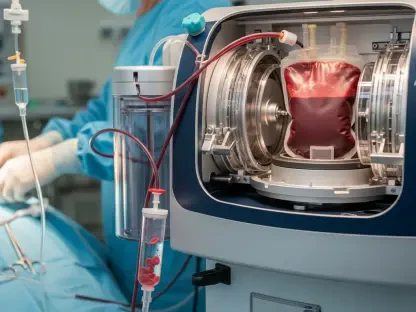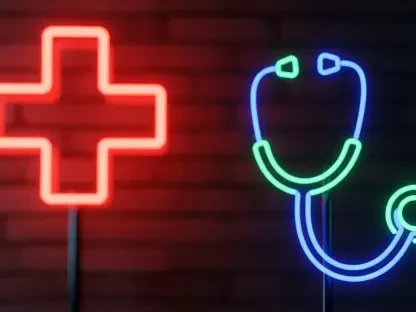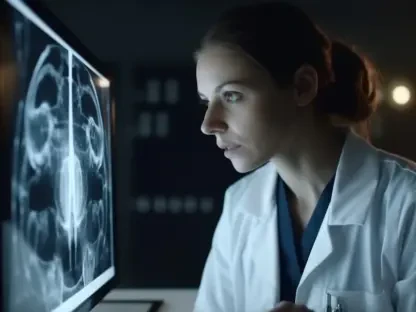Today, we’re thrilled to sit down with Faisal Zain, a renowned healthcare expert with deep expertise in medical technology. With years of experience in the manufacturing of medical devices for diagnostics and treatment, Faisal has been at the forefront of innovation in healthcare. In this interview, we dive into the evolving landscape of maternity care, exploring how technology is transforming personalized support for pregnant individuals, the role of wearable devices in early risk detection, and the impact of programs designed to support families during critical times like NICU stays. Join us as we uncover the future of maternity care through Faisal’s insightful perspective.
How do you see the current state of maternity care, and what gaps do you think need urgent attention?
I believe maternity care is at a turning point. Historically, it’s often been approached with a standardized model, which doesn’t account for the incredible diversity in individual experiences. One major gap is the lack of early risk identification—many complications, like gestational diabetes or preeclampsia, can be managed better if caught sooner. There’s also a need for more tailored support, especially for families navigating high-stress situations like a NICU stay. Technology offers a way to bridge these gaps by providing real-time data and personalized care plans, but we’re still in the early stages of fully integrating these tools into mainstream care.
What role do you think personalized care plays in improving outcomes for pregnant individuals?
Personalized care is everything when it comes to pregnancy. No two pregnancies are the same—some individuals might need extra monitoring for blood pressure, while others might face mental health challenges or nutritional concerns. By focusing on the unique needs of each person, we can prevent small issues from becoming major complications. It’s about creating a care experience that feels relevant and supportive, whether that’s through customized education, one-on-one provider access, or leveraging data to anticipate needs before they arise. When people feel seen and understood, they’re more likely to engage with their care, which directly improves outcomes.
How can remote monitoring technologies change the way we detect and manage risks during pregnancy?
Remote monitoring is a game-changer. It allows us to track vital signs like blood pressure or glucose levels in real time, often before a patient even notices a problem. This kind of technology can flag early warning signs of serious conditions—think hypertension or irregular fetal heart rates—and enable providers to intervene quickly. It shifts care from reactive to proactive, which is critical in pregnancy where timing can mean everything. Plus, it empowers patients by keeping them informed and connected to their healthcare team without needing constant in-person visits.
In your experience with medical devices, what types of wearable technologies hold the most promise for maternity care?
Wearable devices like blood pressure cuffs and glucose monitors are incredibly promising because they address some of the most common and critical risks in pregnancy. These tools provide continuous data that can be analyzed for trends, offering a clearer picture of a patient’s health than sporadic checkups. I’ve also seen potential in devices that monitor sleep patterns or stress levels, as these factors can significantly impact pregnancy. The key is integrating this data into a broader health system so providers can act on it effectively, ensuring that the technology enhances rather than complicates care.
How can integrating data from wearables with health records help in spotting conditions like gestational diabetes or preeclampsia?
When you combine wearable data with electronic health records, you get a comprehensive view of a patient’s health. For instance, a wearable might detect elevated blood pressure over a few days, and when cross-referenced with a patient’s medical history, it could indicate a risk for preeclampsia. Similarly, glucose monitoring can reveal patterns suggestive of gestational diabetes before a formal diagnosis. This integration allows for predictive analytics—algorithms can identify subtle red flags and alert providers to step in early. It’s about connecting the dots faster and more accurately than human observation alone could achieve.
What challenges do you see in balancing the use of personal health data with the need to protect patient privacy?
Privacy is a huge concern, and rightfully so. The more data we collect—especially sensitive information like pregnancy health—the greater the responsibility to safeguard it. Challenges include ensuring robust encryption, limiting data access to only essential personnel, and being transparent with patients about how their information is used. There’s also the risk of breaches, which can erode trust. The solution lies in strict compliance with regulations, investing in secure systems, and prioritizing patient consent at every step. If done right, we can harness the power of data without compromising personal security.
Can you share your thoughts on how technology can support families during a NICU stay and help reduce the time babies spend there?
Technology can be a lifeline for families with a baby in the NICU. Digital platforms can provide educational resources—like videos on managing home oxygen or feeding techniques—that prepare parents for discharge. Virtual access to lactation consultants or mental health support can also ease the emotional burden. Beyond that, tech can streamline communication between families and care teams, ensuring everyone is aligned on the baby’s progress. By equipping parents with knowledge and confidence, we can often shorten NICU stays, as many delays happen simply because families aren’t yet ready to transition home. It’s about empowerment through information.
What is your forecast for the future of maternity care with the integration of technology?
I’m incredibly optimistic about where maternity care is headed with technology. Over the next decade, I expect we’ll see even more sophisticated wearables and AI-driven tools that can predict complications with near-perfect accuracy. Telehealth will become the norm for routine check-ins, making care more accessible, especially for rural or underserved communities. We’ll also likely see greater emphasis on mental health support integrated into these platforms, recognizing that emotional well-being is just as critical as physical health during pregnancy. The ultimate goal is a seamless, personalized care journey that feels less like a medical process and more like a supportive partnership.









